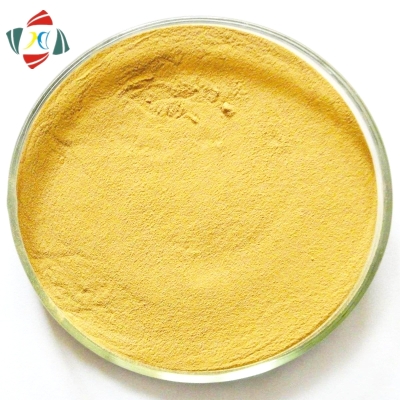-
Categories
-
Pharmaceutical Intermediates
-
Active Pharmaceutical Ingredients
-
Food Additives
- Industrial Coatings
- Agrochemicals
- Dyes and Pigments
- Surfactant
- Flavors and Fragrances
- Chemical Reagents
- Catalyst and Auxiliary
- Natural Products
- Inorganic Chemistry
-
Organic Chemistry
-
Biochemical Engineering
- Analytical Chemistry
- Cosmetic Ingredient
-
Pharmaceutical Intermediates
Promotion
ECHEMI Mall
Wholesale
Weekly Price
Exhibition
News
-
Trade Service
The perivascular space (PVS) visible on magnetic resonance imaging (MRI) scans may represent key aspects of the pathophysiology of stroke and dementia, including cerebral small vessel disease and lymphatic dysfunction
.
A study published in Neurology aims to determine the relationship
between PVS load seen on MRI and the risk of occasional dementia.
The study included community-dwelling Framingham Heart Study raw and offspring cohort participants who all had available brain MRI-PVS ratings and had no stroke and dementia
.
Multivariate COX proportional hazard regression analysis yielded risk ratios (HR) and 95% confidence intervals (CI)
for PVS and dementia on MRI.
Efficient methods were used to grade
PVS in the basal ganglia (BG) and the center of the hemioval circle (CSO).
Results include all-cause dementia, Alzheimer's disease (AD), and vascular dementia
.
Increased PVS load in CSO is associated with an increased risk of dementia, independent of vascular risk factors, and associated with total brain and white matter hypersignal volume and covert infarction
.
This finding supports the role of PVS as a subclinical MRI marker that can identify people at high risk of dementia at the subclinical stage who may benefit
from early intervention.
Sources:
Romero JR, Pinheiro A, Aparicio HJ, DeCarli CS, Demissie S, Seshadri S.
MRI Visible Perivascular Spaces and Risk of Incident Dementia: The Framingham Heart Study [published online ahead of print, 2022 Sep 29].
Neurology.
2022; 10.
1212/WNL.
0000000000201293.
doi:10.
1212/WNL.
0000000000201293.







